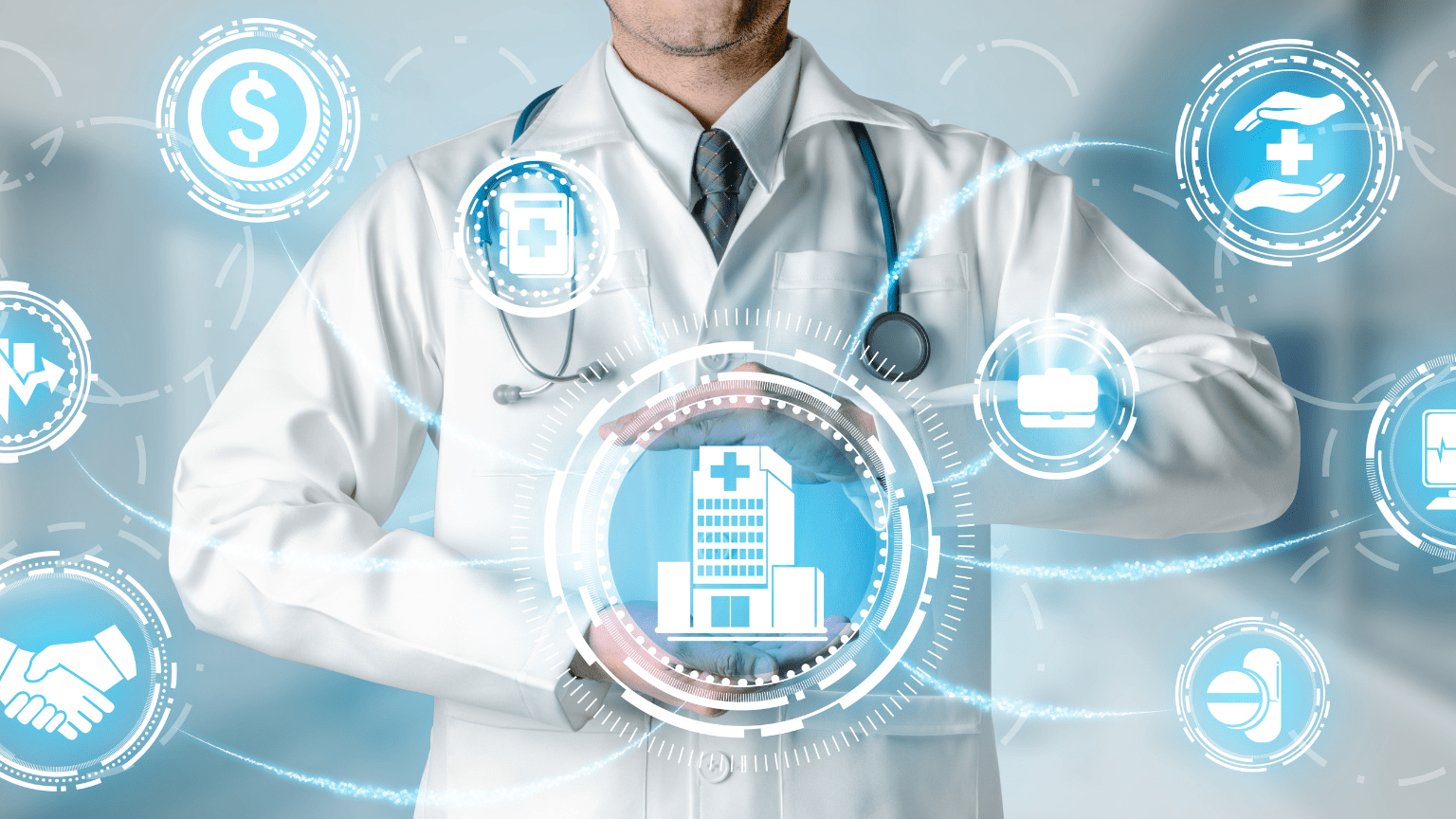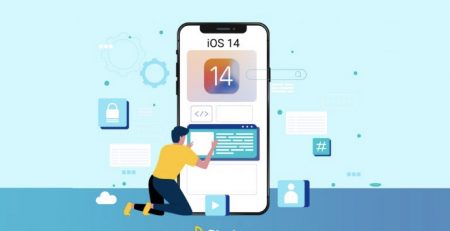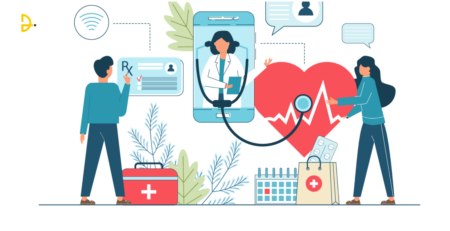Efficiency Meets Care: IT Integration in the Healthcare Industry
Introduction to IT Integration in Healthcare
The fusion of Information Technology (IT) with healthcare app development solutions represents a pivotal milestone in the industry’s journey towards optimization. IT’s integration isn’t just about digitizing records or introducing new gadgets; it symbolizes a seismic shift in the very fabric of healthcare provision. It marks a transition from disjointed systems to interconnected networks, fostering collaboration and coherence across healthcare domains. The significance lies not just in streamlining administrative tasks but in elevating patient care to unprecedented levels. IT integration signifies a commitment to precision, accessibility, and responsiveness in healthcare delivery. From Electronic Health Records (EHRs) ensuring comprehensive patient information accessibility to the profound potential of Artificial Intelligence (AI) enhancing diagnostic accuracy, this synergy epitomizes the marriage of efficiency with compassionate, patient-centric care, marking a new era in healthcare evolution.
Evolution of IT Integration in Healthcare
Early Adoption and Challenges
The initial push for IT integration in healthcare primarily focused on digitizing patient records, marking a pivotal shift to streamline administrative tasks and bolster data accessibility, including within medical coding services. Yet, this transition encountered hurdles attributed to incompatible systems, hindering the fluid exchange of information between healthcare entities. Diverse software and varied data formats presented challenges in achieving seamless interoperability, notably impacting comprehensive data sharing among providers. Despite these obstacles, this phase laid the groundwork for recognizing IT’s potential in healthcare while emphasizing the urgency for standardized systems to facilitate efficient data exchange, even within medical coding services, and foster industry-wide collaboration.
Transformative Innovations
Technological progress spearheaded a monumental shift in healthcare dynamics. The advent of Electronic Health Records (EHRs) revolutionized patient data management, granting authorized healthcare providers unprecedented access to comprehensive patient information. This not only heightened treatment precision but also ensured seamless continuity in care delivery. Simultaneously, the rise of Telehealth emerged as a game-changer, offering remote consultation and monitoring capabilities. Its significance amplified notably during global crises, such as the COVID-19 pandemic, where Telehealth emerged as a lifeline, enabling safe and accessible healthcare delivery while minimizing physical interactions, redefining the scope and potential of remote medical services in unprecedented ways.
Impact on Healthcare Efficiency
Enhanced Patient Care and Experience
The integration of IT into healthcare operations has been transformative, particularly in elevating patient care standards. Centralizing patient data through Electronic Health Records (EHRs) has bestowed healthcare professionals with rapid access to exhaustive medical histories. Implementing onc certified ehr systems can further enhance this integration, ensuring compliance and improving the security of patient data. This instant accessibility has empowered informed decision-making, enabling tailored treatment strategies. Moreover, the consolidation of patient information has notably curbed medical errors, ensuring precision in care delivery. The resultant enhancement in patient outcomes is coupled with heightened satisfaction, as individuals witness a more personalized and attentive approach to their healthcare needs, reinforcing the profound impact of IT integration on both medical efficacy and patient contentment.
Operational Streamlining
The infusion of IT into healthcare operations transcends patient care improvements, profoundly impacting administrative functions. Tasks like scheduling, billing, and inventory management have undergone a metamorphosis, streamlined by technological integration. This optimization has resulted in judicious resource allocation and a marked reduction in overhead expenses. The automation of routine processes has been pivotal, liberating healthcare professionals from mundane tasks, redirecting their focus toward meaningful patient interaction and elevated clinical care. As a result, the synergy between IT integration and administrative efficiency not only fosters cost-effectiveness but also nurtures a conducive environment for healthcare practitioners to prioritize patient-centric care, marking a paradigm shift in healthcare service delivery.
Challenges and Solutions
Data Security and Privacy Concerns
The infusion of IT into healthcare operations transcends patient care improvements, profoundly impacting administrative functions. Tasks like scheduling, billing, and inventory management have undergone a metamorphosis, streamlined by technological integration. This optimization has resulted in judicious resource allocation and a marked reduction in overhead expenses. The automation of routine processes has been pivotal, liberating healthcare professionals from mundane tasks, redirecting their focus toward meaningful patient interaction and elevated clinical care. As a result, the synergy between IT integration and administrative efficiency not only fosters cost-effectiveness but also nurtures a conducive environment for healthcare practitioners to prioritize patient-centric care, marking a paradigm shift in healthcare service delivery.
Interoperability and Standardization
The pursuit of seamless interoperability among varied IT systems in healthcare persists as a formidable challenge. Diverse data formats and standards obstruct the smooth transmission of information between different healthcare entities. This obstacle hampers efficient communication vital for comprehensive patient care. Initiatives aimed at fostering standardized data formats and interoperability protocols are indispensable in surmounting these barriers. By advocating uniformity in data exchange standards, such initiatives pave the way for enhanced collaboration among disparate systems, enabling seamless data sharing. Overcoming these hurdles is pivotal in ensuring holistic patient care, driving the industry towards a more cohesive and interconnected healthcare landscape.
Future Trends and Innovations
Artificial Intelligence (AI) and Machine Learning (ML)
AI and ML applications are revolutionizing healthcare, extending their impact even into realms like medical billing software for small businesses. Predictive analytics powered by AI aid in disease detection and prognosis, enhancing early intervention possibilities. Moreover, AI-driven decision support systems assist healthcare professionals in making informed diagnoses and treatment plans, thereby augmenting the quality of care delivered across various aspects, including medical billing software for small businesses.
Internet of Medical Things (IoMT)
The proliferation of connected medical devices comprising the Internet of Medical Things (IoMT) is reshaping patient monitoring and healthcare delivery. From wearable devices tracking vital signs to remote patient monitoring systems, IoMT is facilitating proactive and continuous patient care.
Case Studies in IT Integration Success
Mayo Clinic
Mayo Clinic’s implementation of a unified EHR system stands as a testament to successful IT integration. The seamless flow of patient information across its network of healthcare facilities has streamlined care delivery, improved patient outcomes, and optimized resource utilization.
NHS Digital
The National Health Service (NHS) in the UK embraced IT integration through initiatives like the NHS Digital, aimed at standardizing electronic records and enhancing interoperability. This has facilitated improved care coordination among healthcare providers and empowered patients with greater access to their health information.
The convergence of IT and healthcare has catalyzed a transformative shift in the industry, enhancing both efficiency and care provision. While challenges persist, continuous innovation and collaboration are pivotal in harnessing the full potential of IT integration. As technology continues to evolve, its integration will undoubtedly remain a cornerstone in shaping the future of healthcare, fostering a paradigm where efficiency harmonizes seamlessly with compassionate patient care.
This exploration of IT integration in healthcare illustrates how technology has become an essential asset in revolutionizing patient care delivery and operational efficiency within the healthcare industry. As technology continues to advance, its integration will undoubtedly remain pivotal in shaping the future of healthcare, where efficiency harmonizes seamlessly with compassionate patient care.




